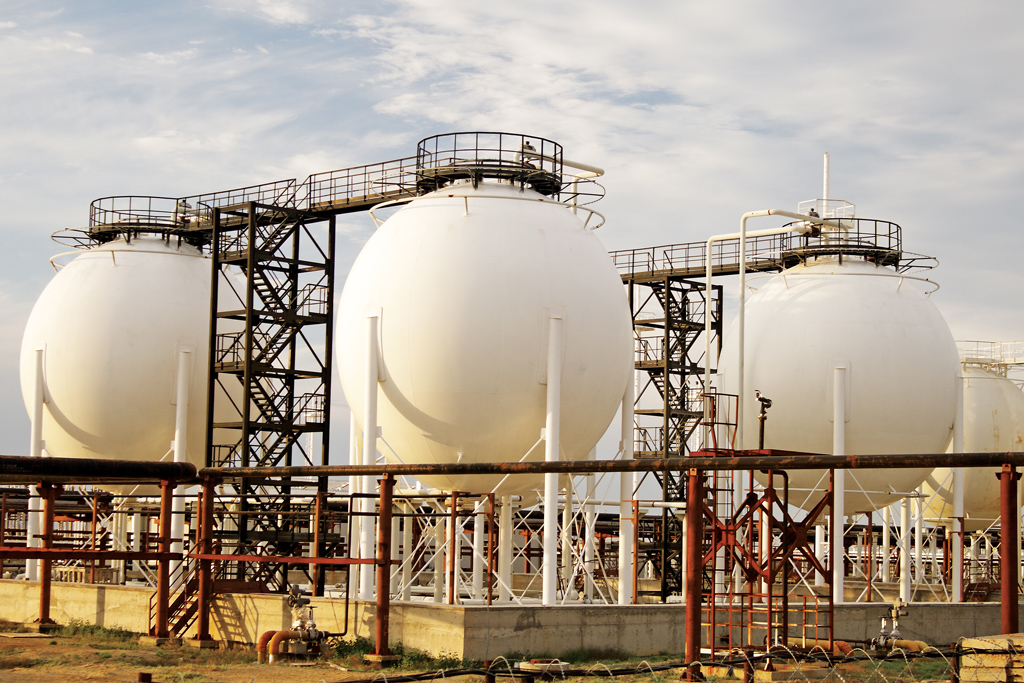
The North American success story has motivated a number of foreign countries and companies to initiate efforts toward developing their local shale gas resources. The potential is very promising: a study commissioned by the EIA concluded that nearly 6,000 trillion cubic feet (tcf) of gas reserves are available in 32 countries — far more than the ~900 tcf in the U.S. But it will be challenging.
First, geology and lithology of these international basins are not well understood. Second, landholders often do not own subsurface hydrocarbon rights, which are typically vested in the national government. Third, a number of countries with promising resources suffer from high population densities and scarcity of key resources such as water. For example, the most abundant shale gas reserves in China are located in arid parts of the country. A fourth challenge is the lack of regulatory and process clarity as well as transparency. For example, initial exploration efforts in Romania are beset by local protests and unclear regulatory and permitting processes. Fifth, access to infrastructure and technology customized to local needs are both in their infancy. Finally, investor companies often lack the relevant organizational capabilities and business strategy to run effective unconventional programs.
In light of these challenges and issues, global unconventional resource development will likely require careful planning, extensive stakeholder engagement, and thoughtful design.



















